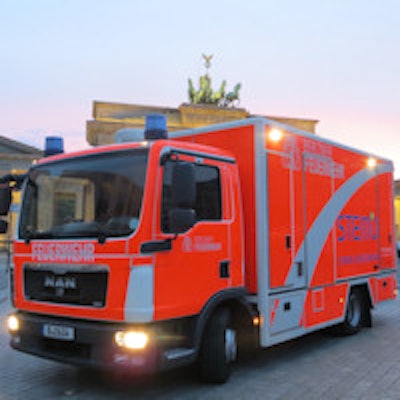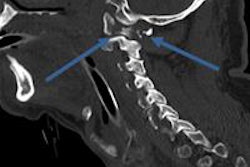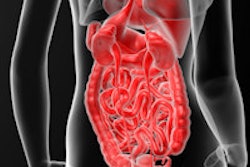
Researchers from Muenster, Germany, have shown that a centralized DICOM exchange system is feasible, but they also found software must be operated intuitively and should not be restricted to a closed circle of users. Also, temporary accounts are vital to boost user acceptance.
HTTP-transfer of DICOM data in emergency cases is achievable, and the typical bandwidth of a normal DSL (digital subscriber line) connection is enough to transmit the typical volume of a trauma patient within an acceptable time, according to lead author Philipp Neuhaus and colleagues from the Institute of Medical Informatics at the University of Muenster. Further time savings can be made through advanced compression techniques, and even a lossless compression speeds up the transfer significantly.
"The data amount is not as high as excepted -- in our first calculations, we thought about transferences of whole DVDs," he stated in an email to AuntMinnieEurope.com. "The second key finding is that the 'short time accounts,' which lasted for 24 hours, were more used than we thought they would be."
Regional trauma networks have been established in Germany to improve care of severely injured persons, and to ensure appropriate patient treatment in a short time; the transfer of radiological image data between the connected hospitals over the Internet is an important issue, explained the authors in an article published in the November edition of the Journal of Medical Systems (November 2014, Vol. 38:11, pp. 137).
They sought to characterize radiological image transfer patterns within the TraumaNetwork NorthWest (founded in 2009) and analyze various compression options. Their goals were to establish an electronic transfer of radiological images (DICOM) between hospitals with heterogeneous software and hardware equipment, to examine the speed and volume of typical transfers, to analyze how the transfer volume could be decreased by different compression algorithms, and to evaluate the overall transfer flow between the hospitals, especially to analyze transfer frequencies and communications structures.
"At the beginning, we had a problem estimating the amount of data we had to transfer to calculate the hardware and software requirements to establish a centralized DICOM exchange system," wrote the researchers, who developed the Web-based platform "MedSix" (Medical Secure Image Exchange).
"MedSix" can transfer DICOM-data quickly and easily between hospitals and can be directly connected to the local PACS. Audit data of the routine system were analyzed during 2012 to identify typical characteristics of radiological image exchanges. Five different compression methods were compared by a simulation.
Physicians from 12 hospitals participating in the trauma network used the system to send or receive image data for 87 transfers. The "short time account" feature was used 14 times in 2012, accounting for 16% of the transfers, and around 87% of the transfers were uploaded within 15 minutes.
Compression matters
Lossless compression was able to save about 50% bandwidth, they noted. In total, 82% of the transfers had a data volume of less than 200 MB. The time needed per transfer was 19.4 minutes on average. The median time used by a transfer was 157 seconds or nearly three minutes. More than 87% of the transfers needed less than 15 minutes to complete.
The team analyzed the size of the images between 1 August 2012 and 31 December 2012, and found out that 72% of the images had a size between 500 kB and 550 kB. This is typical for CT images, they added. On average, files were 632 kB, with a median of 518.8 kB. Nearly 60% of the transfers were below 100 MB and 81.6% were below 200 MB. Only 5% needed more than 500 MB space, and the biggest transfer had a size of 524 MB.
"It is feasible to substitute physical image exchange in a trauma network with electronic exchange of radiological images between the connected hospitals. Even large datasets are transferred within an acceptable time frame, although to transfer more than 200 MB in less than 15 minutes seems to require data to be compressed or advanced transference algorithms to be used," they wrote.
Looking to the future
For system rollout, it is essential to bear in mind that most transfers occur from small to large hospitals, according to Neuhaus, whose main focus now is on physician-to-physician communication and workflow optimization. He is currently working on his PhD, and is contributing to the "Ma-Rika" project, which involves trying to optimize communication between emergency physicians and hospitals.
He emphasized that more evaluation, especially regarding clinical outcomes, has to be done. This is important to prove the positive effect of radiological image transfers by Internet to patient care, and even the system itself can be improved in different ways. Using a lossy compression algorithm can speed up the transfer by a factor of at least two, while system administrators of bigger hospitals may wish to use additional components for automatic downloads of transfers to a local temporary PACS with no need for any user interaction, he suggested.



















